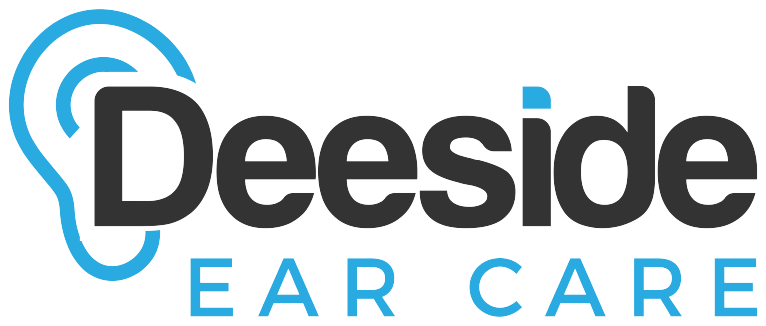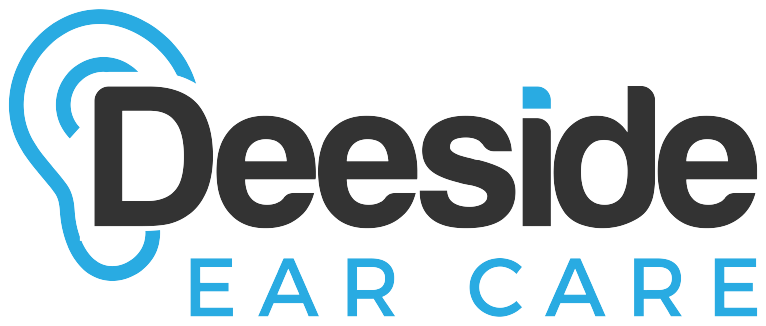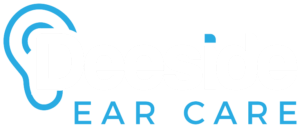Hearing aids are an essential tool for those with hearing loss. They allow people to communicate and participate in daily activities, but they require proper maintenance to function correctly. Cleaning hearing aids is an important part of their maintenance, and it is necessary to keep them in good condition. In this article, we will discuss how to clean your hearing aids properly.
Getting the most out of your hearing aids
Hearing aids can be expensive, and they are an investment in your hearing health. To get the most out of your hearing aids, it is essential to take care of them properly. Regular cleaning can help prevent the build-up of earwax, dirt, and other debris that can clog the microphone or speaker. It can also help extend the lifespan of your hearing aids and improve their performance.
How to clean ITE (in the ear) hearing aids
Cleaning ITE hearing aids requires a delicate touch. To clean them, start by removing the hearing aid from your ear. Use a soft, dry cloth or a hearing aid brush to remove any earwax or debris from the surface. Avoid using water or other liquids, as they can damage the electronic components.
Why is hearing aid maintenance important?
Regular hearing aid maintenance is essential to keep them functioning correctly. Over time, hearing aids can become clogged with earwax, dust, and debris, which can affect their performance. Regular cleaning can help prevent these issues and ensure that your hearing aids last longer.
How to clean BTE (behind the ear) hearing aids
Cleaning BTE hearing aids requires a little more effort than ITE hearing aids. Start by removing the earmold from the hearing aid. Use a soft, dry cloth or a hearing aid brush to remove any debris or earwax from the earmold. Use a hook to clean the sound outlets on the hearing aid. Make sure to be gentle when cleaning hearing aid microphones and speakers to avoid damage.
What's in my hearing aid cleaning kit?
Most hearing aid manufacturers provide cleaning kits with their products. These kits typically include a soft-bristled hearing aid cleaning brush, a wax removal tool, and a drying container. You can also purchase hearing aid cleaning kits online or at your local pharmacy. We also suggest cleaning hearing aid molds too to ensure the entire hearing aid system is clear and clean.
Protect your hearing aids from dirt
Preventing dirt and debris from getting into your hearing aids is key to their maintenance. Be sure to remove your hearing aids before taking a shower, going swimming, or engaging in any activities that may expose them to water or debris.
How to clean your Specsavers hearing aids
If you own Specsavers hearing aids, it is essential to clean them regularly. You can use the same cleaning techniques mentioned above, but make sure to follow the specific cleaning instructions provided by the manufacturer.
It is important to store your hearing aids safely
Storing your hearing aids safely can help protect them from damage. Always store them in their case or a safe, dry place when not in use. Avoid storing them in hot or humid environments, as this can damage the electronic components.
Maximise your hearing aids' lifespan with the best cleaning products for hearing aids
Choosing the right cleaning products for your hearing aids can help extend their lifespan. Look for cleaning products that are specifically designed for hearing aids and avoid using household cleaning products.
Hearing aid cleaning tools
A hearing aid brush, wax removal tool, and a hook are the essential tools for cleaning your hearing aids. These tools can be found in most hearing aid cleaning kits or purchased separately.
Hearing aid tubes
Hearing aid tubes can become clogged with earwax and debris over time. To clean them, use a hook or a wax removal tool to gently remove any blockages.
Remove any ear wax
Earwax buildup can affect the performance of your hearing aids. To remove earwax, use a soft-bristled brush or a wax removal tool. Be gentle when removing earwax to avoid damaging the electronic components.
Learn more about hearing loss
It is essential to educate yourself about hearing loss, its causes, and treatment options. If you experience hearing loss, speak to an audiologist or a hearing care professional to determine the best course of action.
Hearing aid maintenance kits and tools
Hearing aid maintenance kits and tools can make it easier to care for your hearing aids. These kits typically include cleaning tools and drying containers to help keep your hearing aids clean and functioning correctly.
Avoid hearing aid repairs with a proper cleaning routine
Regular cleaning can help prevent the need for costly hearing aid repairs. Follow a proper cleaning routine to keep your hearing aids in good condition and avoid issues that may require repair.
Drying and storing your hearing aid - Find a safe place!
Moisture can damage the electronic components of your hearing aids. To prevent this, use a drying container to remove any moisture and store your hearing aids in a safe, dry place.
Can all hearing aids connect to a hearing loop system?
Not all hearing aids can connect to a hearing loop system. It is essential to speak to your hearing care professional to determine if your hearing aids are compatible with a hearing loop system.
Looking for hearing aid maintenance or hearing aid cleaning near me?
If you need help with hearing aid maintenance or cleaning, speak to your hearing care professional or visit your local audiology clinic.
Can you install hearing loops at home?
Yes, hearing loops can be installed at home. Speak to an audiologist or hearing care professional to determine the best hearing loop system for your needs.
Quick links to other useful information regarding hearing aid maintenance
For more information about hearing aid maintenance and cleaning, visit the websites of hearing aid manufacturers or speak to your hearing care professional.
Cleaning the shell and speaker unit of BTE hearing aids
To clean the shell and speaker unit of BTE hearing aids, use a soft-bristled brush or a cloth to remove any debris or earwax. Be sure to avoid using liquids or water, as they can damage the electronic components.
When are hearing loops useful?
Hearing loops are useful in environments with background noise, such as public transportation or large gatherings. They allow those with hearing loss to hear more clearly and participate in conversations.
Cleaning the earmolds of BTE hearing aids with a hook
To clean the earmolds of BTE hearing aids with a hook, gently remove any earwax or debris from the mold. Be careful not to damage the mold or the electronic components.
Cleaning the sound outlets of ITE hearing aids
To clean the sound outlets of ITE hearing aids, use a soft-bristled brush or a wax removal tool to remove any blockages or debris. Be sure to avoid using liquids or water, as they can damage the electronic components.
In conclusion, regular cleaning is essential to maintain the performance and lifespan of your hearing aids. By following the above cleaning techniques and tips, you can ensure that your hearing aids are functioning correctly and are in good condition. Remember to speak to your hearing care professional if you have any questions or concerns about hearing aid maintenance.


